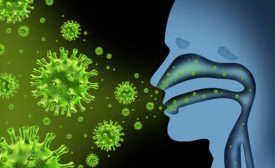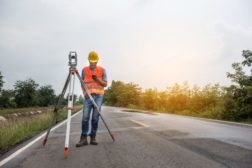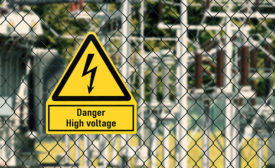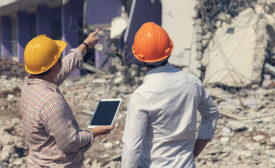Home » workplace hazards
Articles Tagged with ''workplace hazards''
2021 Top 10 OSHA Violations: Fall protection, general requirements, construction
No. 1 in the 10 most frequently penalized OSHA standards for FY 2021
January 25, 2022
2021 Top 10 OSHA Violations: Eye and Face Protection
No. 8 in the 10 most frequently penalized OSHA standards for FY 2021
January 25, 2022
Stay proactive in your workplace with hazard signs, alarms, and signals
Alerts on display
April 1, 2020
Never miss the latest news and trends driving the safety industry
eNewsletter | Website | eMagazine
JOIN TODAYCopyright ©2024. All Rights Reserved BNP Media.
Design, CMS, Hosting & Web Development :: ePublishing











